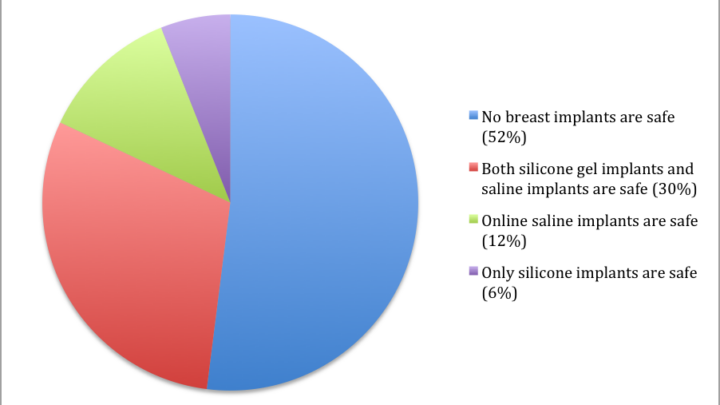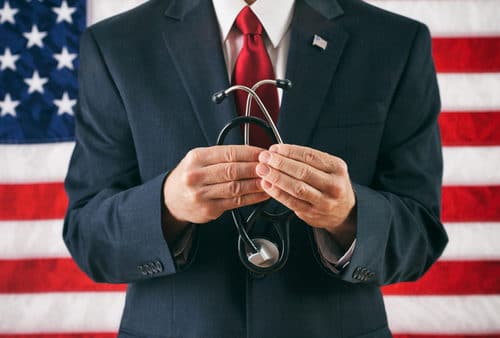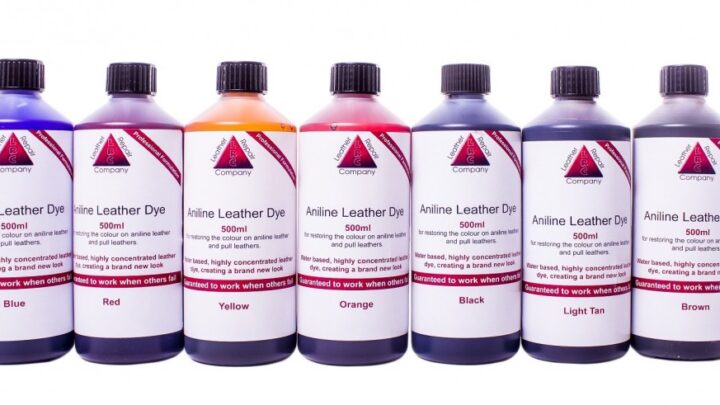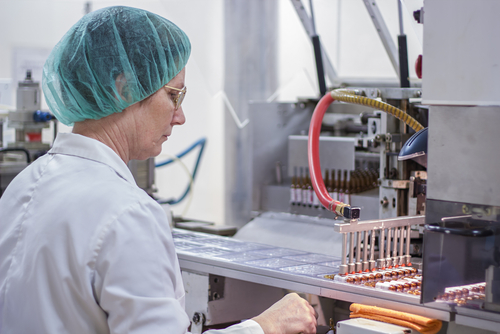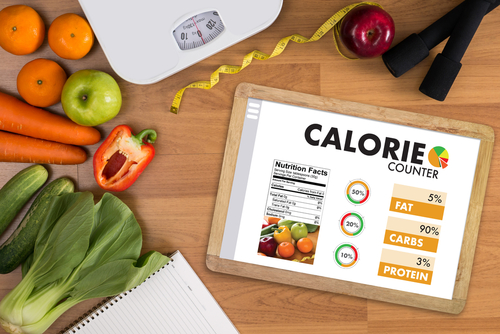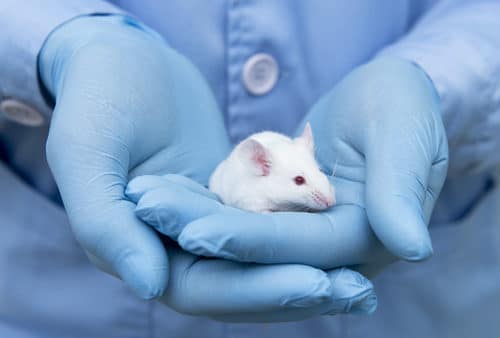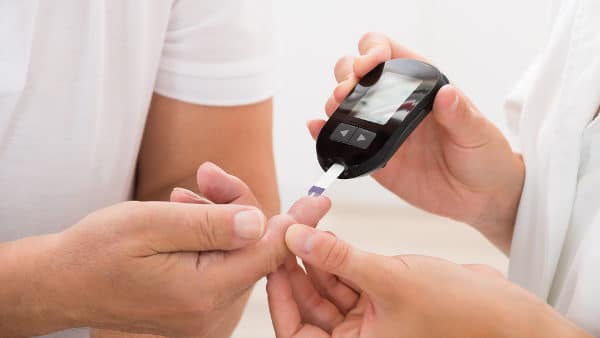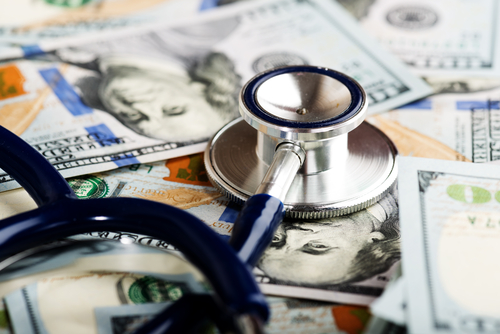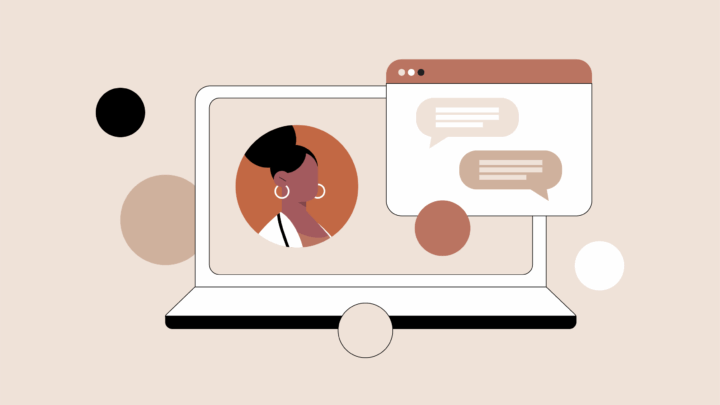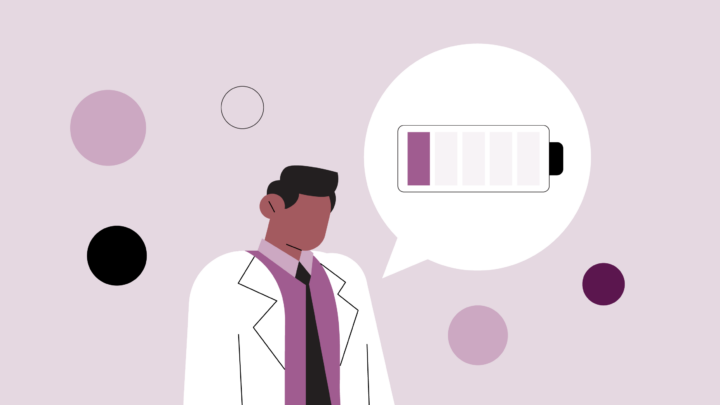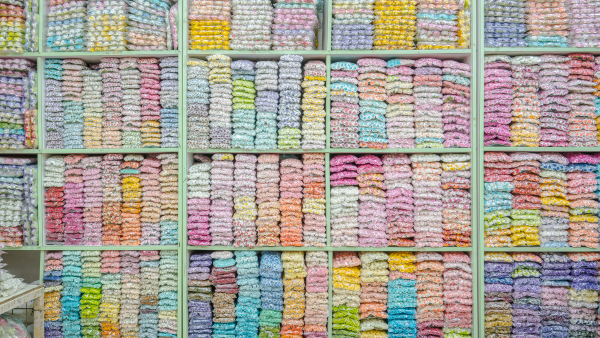
Artificial colors have been used in foods, vitamins, medicine, toiletries, fabrics, and more for several decades. Nearly as long as these synthetic products have been in use, debates about the safety of certain dyes have raged. The science is inconclusive but critics say some artificial dyes are linked to ADHD, or are even toxic or carcinogenic.
Each country handles safety debates over specific dyes differently. In the US, for example, a 1906 law bans artificial colors that are “injurious to health” and now only seven colors remain on the FDA’s approved list. But while American consumers can still eat Yellow Dye No. 5 and No. 6, those same dyes carry safety warnings in most of Europe and have been removed form the market in the UK due to health concerns.
Over 1000 physicians from 20+ countries on four continents weighed-in on the dye debate, and only 11 percent could say conclusively that no dyes used in textiles and foods in their countries were unsafe or unhealthy for humans.
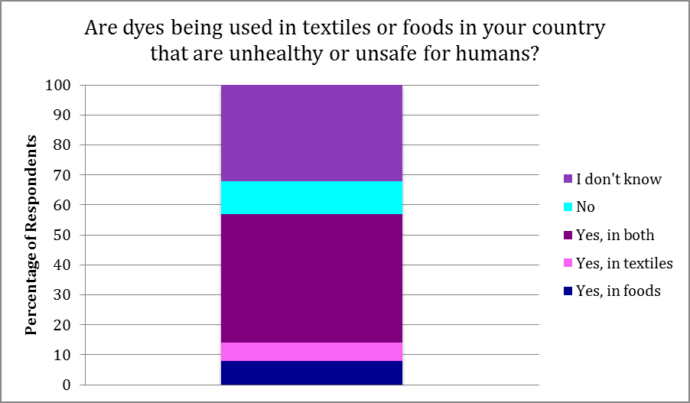
Are you a physician? Join Sermo to vote in polls on important healthcare issues.
This poll was fielded in June of 2017. The margin of error for this poll was ±3%. Respondents were verified, licensed physicians from Argentina, Austria, Australia, Canada, Chile, Colombia, Germany, Ecuador, Spain, France, Great Britain, Greece, Hungary, Italy, Mexico, the Netherlands, Norway, Poland, Sweden, the United States, Venezuela and South Africa. More information about Sermo polling methodology can be found here.
